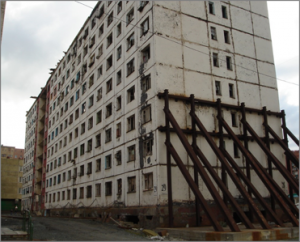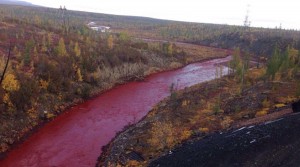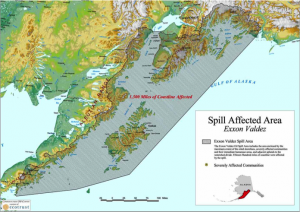Last week, three of our distinguished researchers, Dmitry Streletskiy of The George Washington University, Valery Grebenets of Moscow State University, and Oleg Anisomov of Russia’s State Hydrological Institute, were featured in a Guardian article on the effects of thawing permafrost on Arctic cities. The Russian city of Norilsk, discussed a few weeks ago in this blog, stood at the center of attention. This time the focus was on the condition of buildings and the housing stock, which is suffering as a result of thawing permafrost. This issue is well known within Russia with Valery Tereshkov, the deputy head of the emergencies ministry in the Krasnoyarsk region, writing an article a few weeks ago stating that nearly 60% of all buildings in Norilsk have been deformed in some way. Problems caused by climate change and thawing permafrost have also been on the radar of global media, but mostly through the traditional Arctic lens of remote islands and coastal settlements being eroded, or indigenous communities having to move from their ancestral homes. The Guardian article was one of the first times that the global media examined the effects of climate change and thawing permafrost on the scale of a major Arctic city.
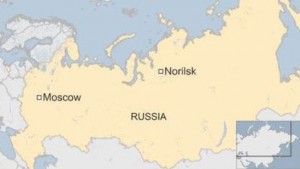
Photo Credit: BBC
Both in terms of population and economic output, Norilsk is one of the most important Arctic urban centers. With local engineers estimating that more than 100 residential buildings, about one-tenth of the housing stock, “have been vacated here due to damage from thawing permafrost,” this city is facing an existential crisis. Thawing permafrost under vital infrastructure is not a new problem for Arctic engineers, who have been building in the Arctic for many centuries with the largest development happening in Russia. Arctic PIRE member Valery Grebenets of Moscow State University regularly lectures his students on these issues, which include buckling roads, soil runoff killing flora and fauna, and the release of toxic substances trapped in the ice. These experts are also familiar with impact of urban areas on permafrost, such as the heat given off by buildings through their foundations. For many decades, engineers have been finding creative solutions to offset these “technogenic factors,” such as placing buildings on stilts to lessen their transfer of heat into the ground. However, none of these engineering plans took into account the effect of global warming, which has deepened the yearly permafrost thaw and significantly increased the speed of natural degradation. With the Arctic experiencing annual temperature increases that far exceed those recorded in the rest of the world, this ongoing crisis looks set to increase in scale and severity.
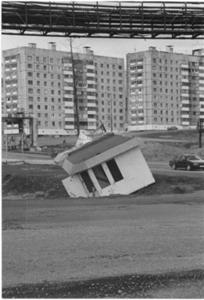
Unfortunately, when infrastructure and buildings were planned, climate change was not taken seriously enough by city planners and government officials. As Arctic PIRE member Dmitry Streletskiy of The George Washington University told the Guardian, “In most cases the effect of climate change was not accounted for properly or at all, so the story is not about one building falling, even though there are examples of that, but about thousands of people living in buildings which have the potential to fall.” This is a clear example of the unfortunate lack of input that the scientific community often has in terms of planning for sustainable urban development. This issue compounded in the Arctic region due to the high cost of adapting cities to change. Our colleague Oleg Anisomov, Arctic expert and Nobel Prize holder, laments that the high north will suffer from lack of strong support in terms of government funding and strategic investment in adaptive engineering solutions. Our project aims to Promote Urban Sustainability in the Arctic hope to alter this trend and increase the voice of the scientific community in the Arctic through our upcoming Arctic Urban Sustainability Index and by increasing global attention on these important issues. Through continuous engagement and communication with policy makers, urban planners, and Arctic development planners, our scientific network will advise on the effects of climate and socio-economic changes to Arctic cities and help these important communities adapt to their rapidly changing surroundings.
